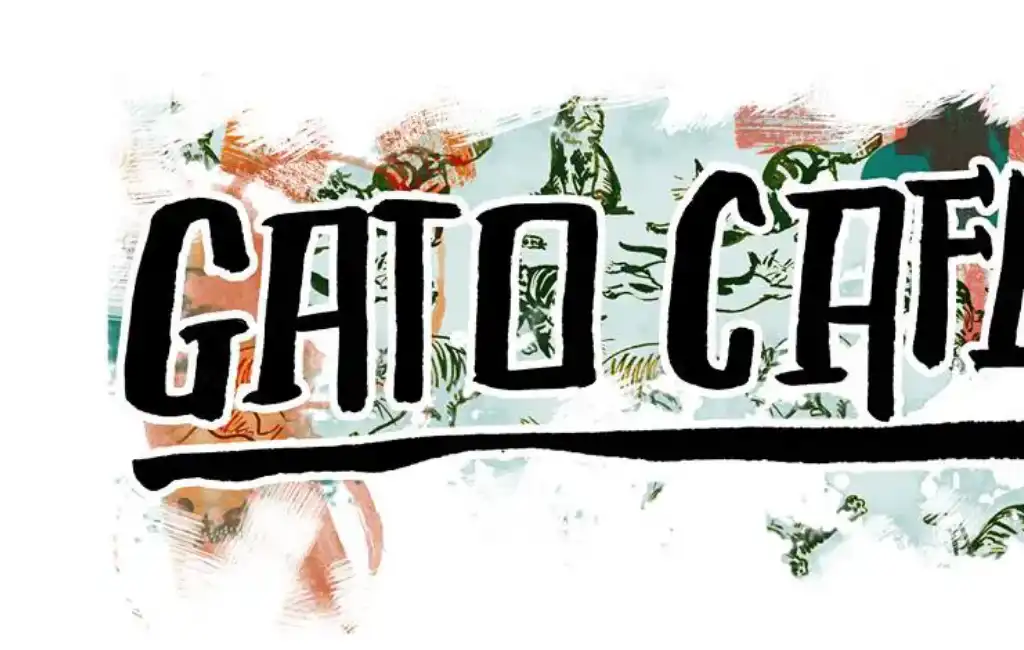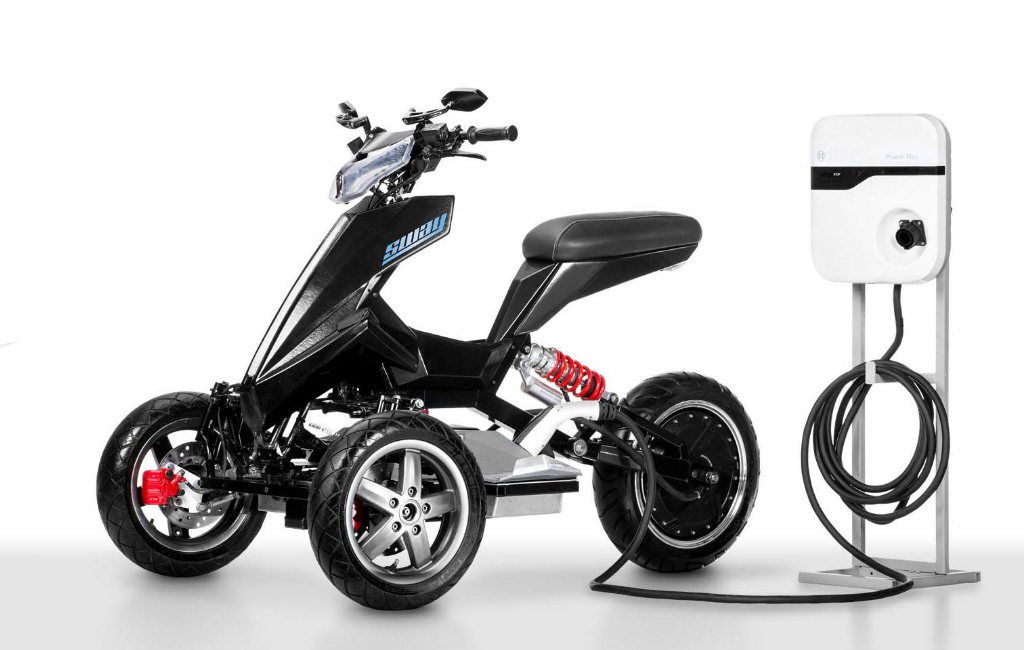Spikeball
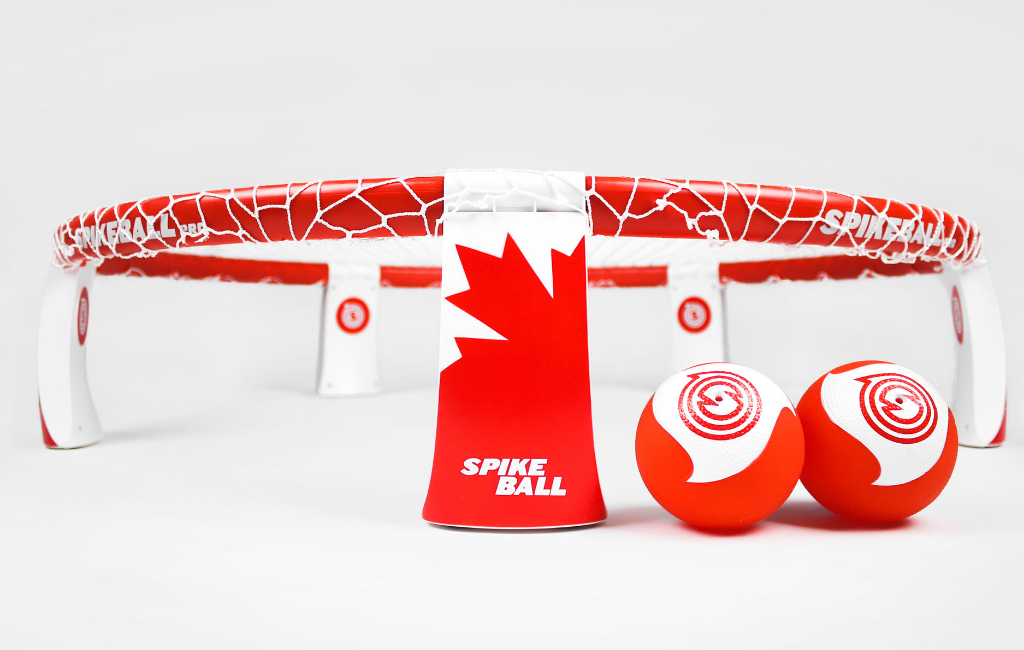

DEAL
EPISODE SUMMARY
🕓 Air Date: May 15, 2015
Asking For:
$500,000 for 10%
Investor:
Daymond John
Deal:
$500,000 for 20%
PRODUCT SUMMARY
Spikeball, a combination of volleyball and four square, is a highly active and competitive game that can be played casually in the backyard or as a hardcore sport.
WATCH HERE
IN A RUSH?
Click these to jump to the section you want to read.
Background Story
Founded by Chris Ruder in Chicago, Spikeball is not just a game; it’s a phenomenon that started in the backyard and is now making waves in the competitive sports scene. Chris, the visionary entrepreneur behind Spikeball, hails from Chicago, where he embarked on a journey to transform a once-forgotten game into the next great American sport. The story of Spikeball began about a decade ago when Chris and his friends rediscovered the game, originally purchased at a toy store in 1989.
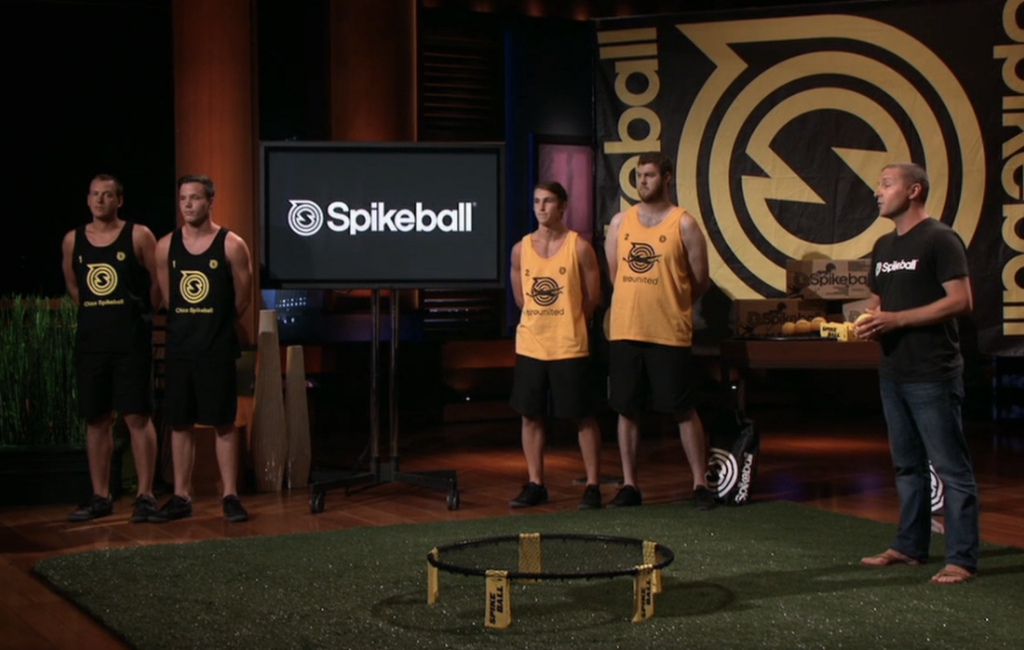
Fascinated by its potential, Chris and his older brother enjoyed the casual backyard play, igniting a spark that would eventually lead to something much bigger. Around ten years ago, a lightbulb moment occurred, prompting Chris to delve into the game’s history. To his surprise, the product had been off the market for 15-20 years, with its rights completely expired. Undeterred, Chris saw an opportunity to resurrect Spikeball and took on the challenge of reclaiming the trademark. The absence of a patent allowed him to revive the game legally, and thus, Spikeball was brought back to life.
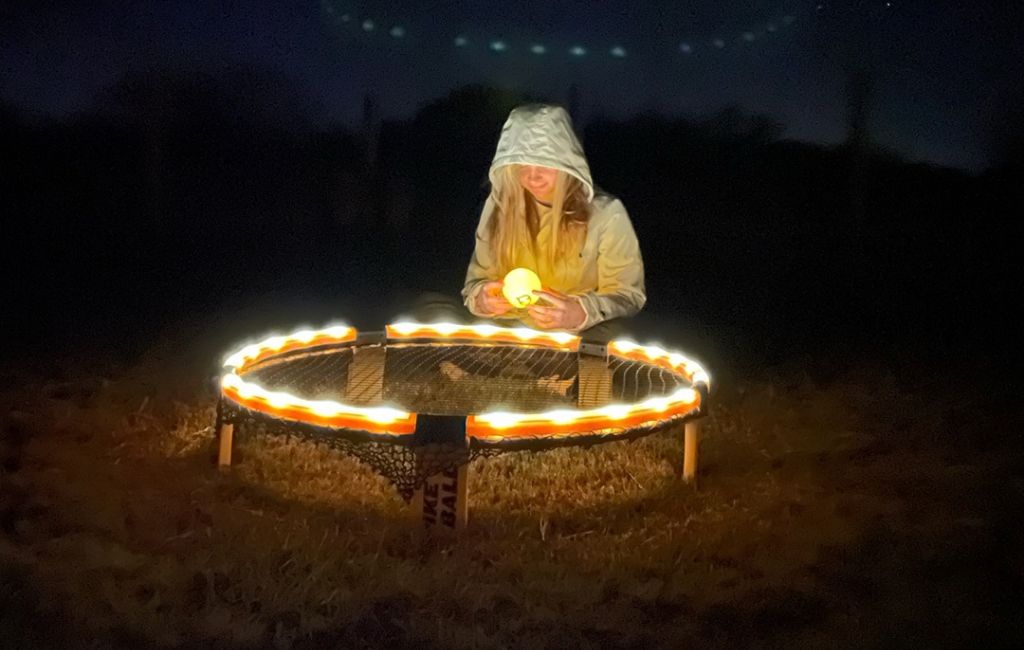
The journey from a casual backyard activity to a competitive sport poised for greatness unfolded as Chris, driven by passion and determination, worked to establish Spikeball as a legitimate and exciting game with the potential to become a mainstream American sport. With a deep understanding of the game’s roots and a forward-looking vision, Chris Ruder has set Spikeball on a trajectory that goes beyond just entertainment—it’s a journey to redefine the landscape of sports and recreation.
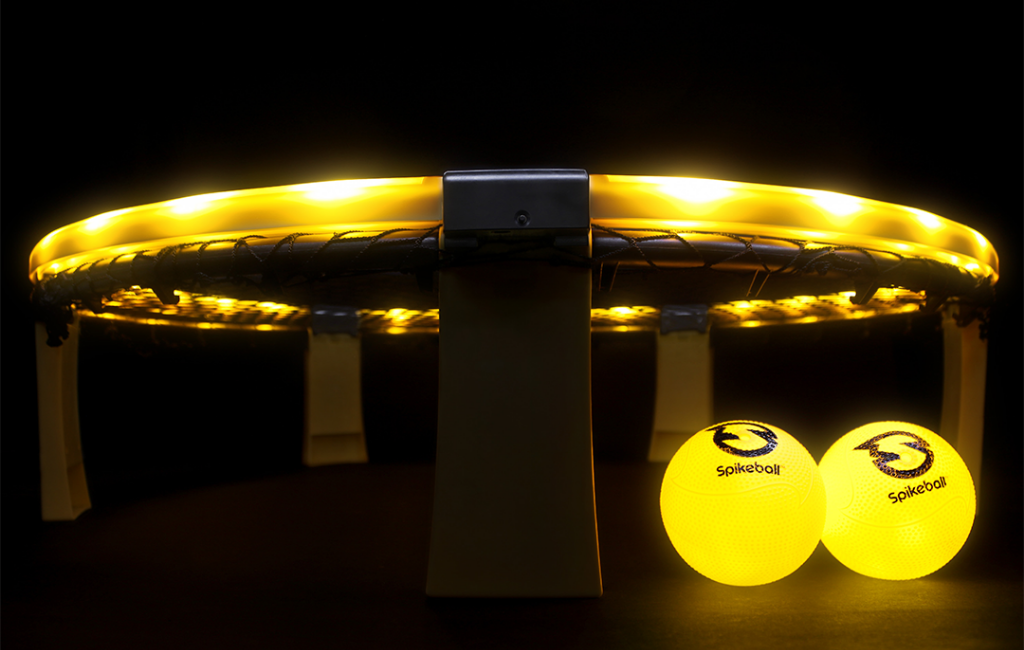
The Product
Spikeball, the brainchild of Chris Ruder, is a dynamic and engaging sport that combines elements of volleyball and four square into an innovative and competitive game. The gameplay revolves around a circular net, roughly at ankle height, with teams of two players each. The objective is to serve the small, round ball onto the net, creating a rebound that the opposing team must then return without letting it touch the ground.
The versatility of Spikeball allows it to be played casually in the backyard for leisure or intensively in competitive settings. The game unfolds in a fast-paced manner, involving strategic moves, quick reflexes, and effective teamwork. One of the key advantages of Spikeball is its ultra-portability; players only need the compact net, a small round ball, and a convenient backpack for transportation, making it suitable for play anywhere.
Spikeball can be purchased directly from the company’s official website, where the complete set, including the net, ball, and backpack, is priced at $59.99. Additionally, the company is expanding its presence into sporting goods stores, broadening accessibility for enthusiasts.
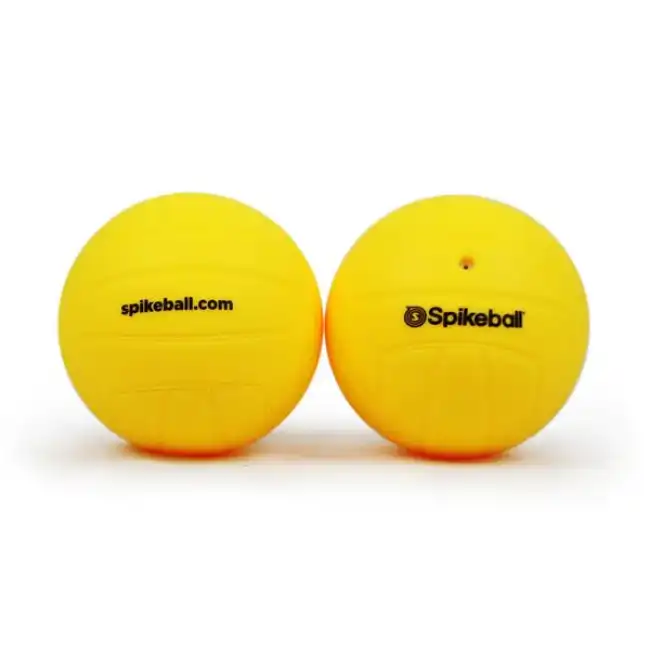
How It Went
The company’s position before Shark Tank
Spikeball has demonstrated robust performance, positioning itself as a thriving player in the recreational sports industry. With a focus on expanding from a backyard game to a competitive sport, the company has experienced significant growth in recent years. The health of the company is evident in its sales figures, having sold 29,000 units in the current year, projecting a substantial increase to between 3.2 and 3.5 million in gross sales. Spikeball has cultivated strategic partnerships to enhance its market presence. Notably, the company collaborates with USA Spikeball, a governing body that organizes tournaments across the country, showcasing the game’s popularity and competitive spirit.
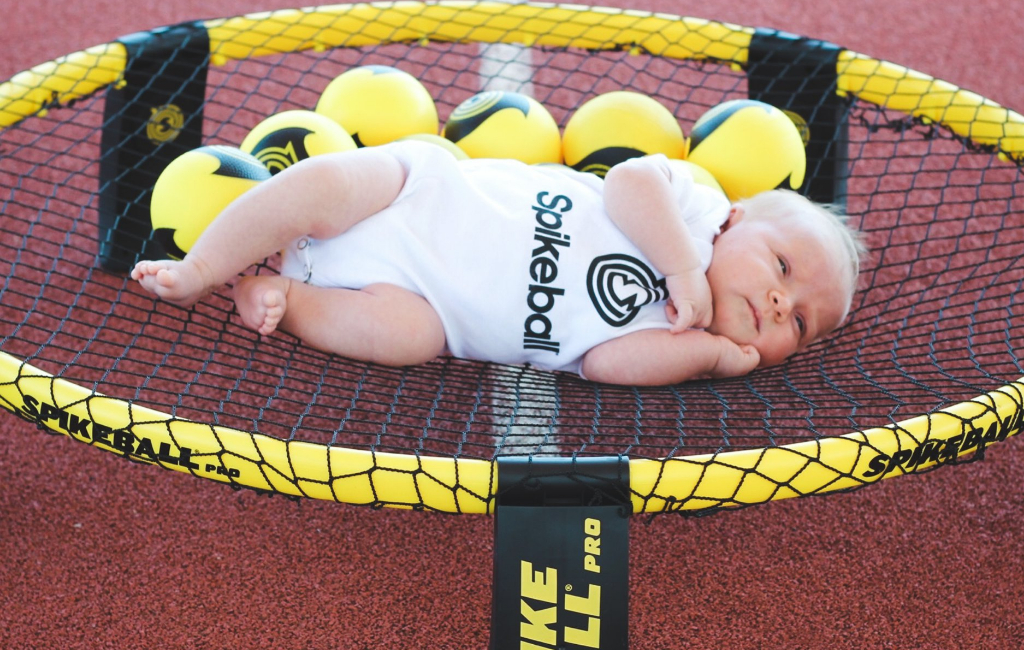
Additionally, Spikeball has secured partnerships with major retailers, including a notable order from DICK’S Sporting Goods for 10,000 units, reflecting the company’s appeal in the retail market. The company caters to a diverse customer base, attracting players of all ages, particularly those in the 18 to 24 age range, with a sweet spot among males. Spikeball has successfully transitioned from a pure e-commerce model to penetrating retail markets, emphasizing sporting goods stores over toy stores. The introduction of memberships, such as the “Baller” membership on USA Spikeball, contributes to revenue diversification.
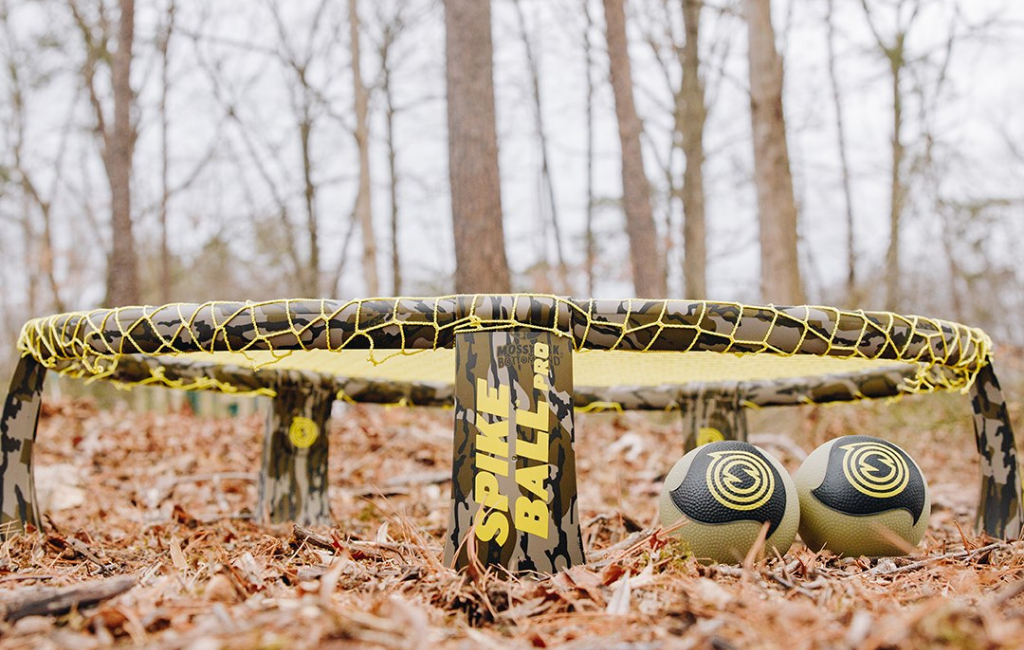
As for funding, Spikeball’s financial structure includes profits from sales, strategic partnerships, and potential investments. The founder mentioned a net profit of around $170,000 to $180,000 in the previous year, with projections of increased profitability. With plans to address larger orders from major retailers, such as DICK’S Sporting Goods, the company is seeking additional funding for working capital. The company’s structure appears to be dynamic, adapting to the evolving needs of the business. Spikeball’s success in tournaments, partnerships, and retail expansion highlights a robust foundation.
The Negotiations:
During the intense negotiations on Shark Tank, Chris Ruder presented Spikeball as the next great American sport, seeking a $500,000 investment in exchange for 10% equity, valuing the company at $5 million. The pitch garnered interest and excitement, but concerns over valuation led Mark Cuban, Lori Greiner, and Robert Herjavec to opt out. Daymond John recognized the potential in Spikeball but had reservations about the valuation. He offered an alternative, proposing a $500,000 loan for 20% equity, positioning himself to assist with licensing, manufacturing, and distribution challenges.
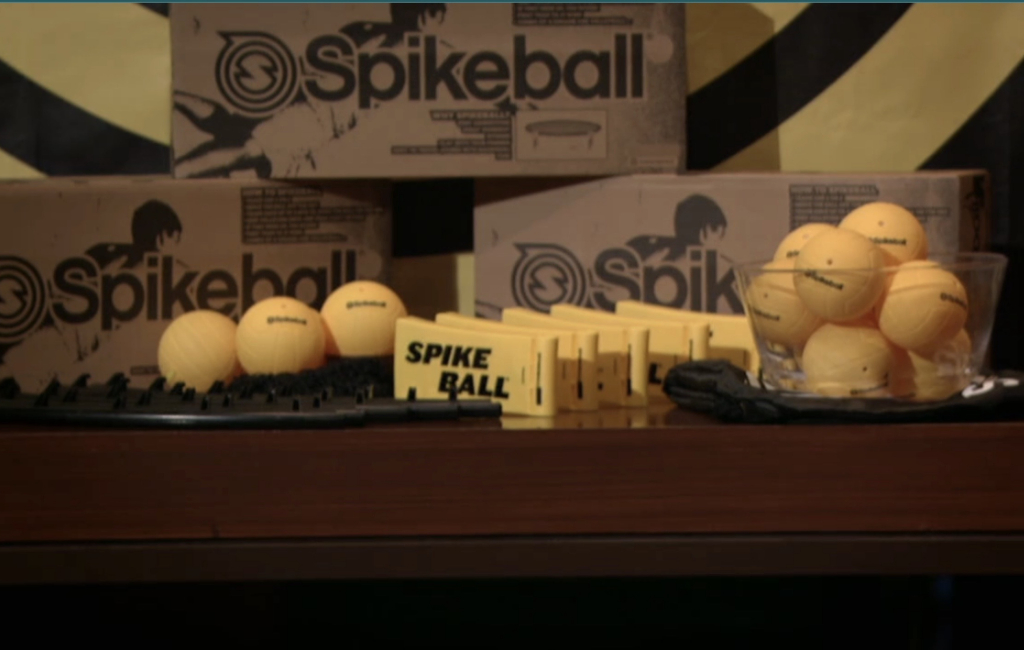
The loan would carry a 9% interest rate, reflecting his belief in the business’s viability and potential for success. Mark Cuban, though initially enthusiastic about Spikeball, expressed hesitations about the $5 million valuation, citing concerns about paying 20 times the cash flow for a game. Lori Greiner and Robert Herjavec echoed similar sentiments, with Robert humorously comparing it to calling a baby ugly. Despite the valuation challenges, Chris skillfully negotiated. He countered Daymond’s offer, suggesting a 15% equity stake. However, Daymond stood firm, emphasizing the potential and offering a final deal at $500,000 for 20% equity.

Chris, recognizing the value of Daymond’s expertise and support, accepted the offer, sealing the deal at 20% equity. The negotiation showcased Chris Ruder’s resilience, determination, and ability to navigate challenges. It culminated in a successful partnership with Daymond John, who saw the potential in Spikeball and offered strategic assistance to propel the company to new heights. The negotiation outcome marked a pivotal moment for Spikeball, securing the necessary investment and expertise to continue its journey towards becoming a mainstream American sport.






